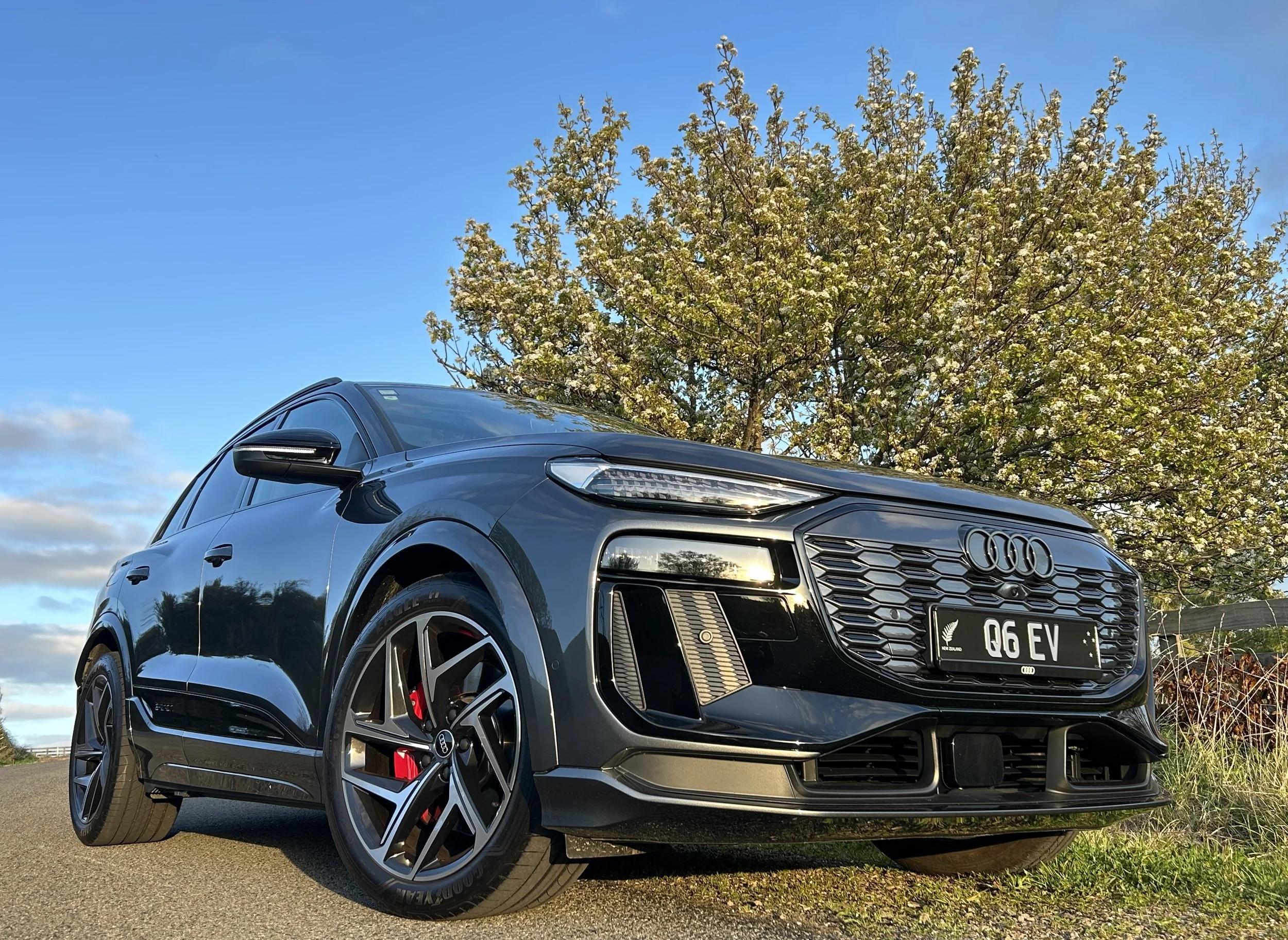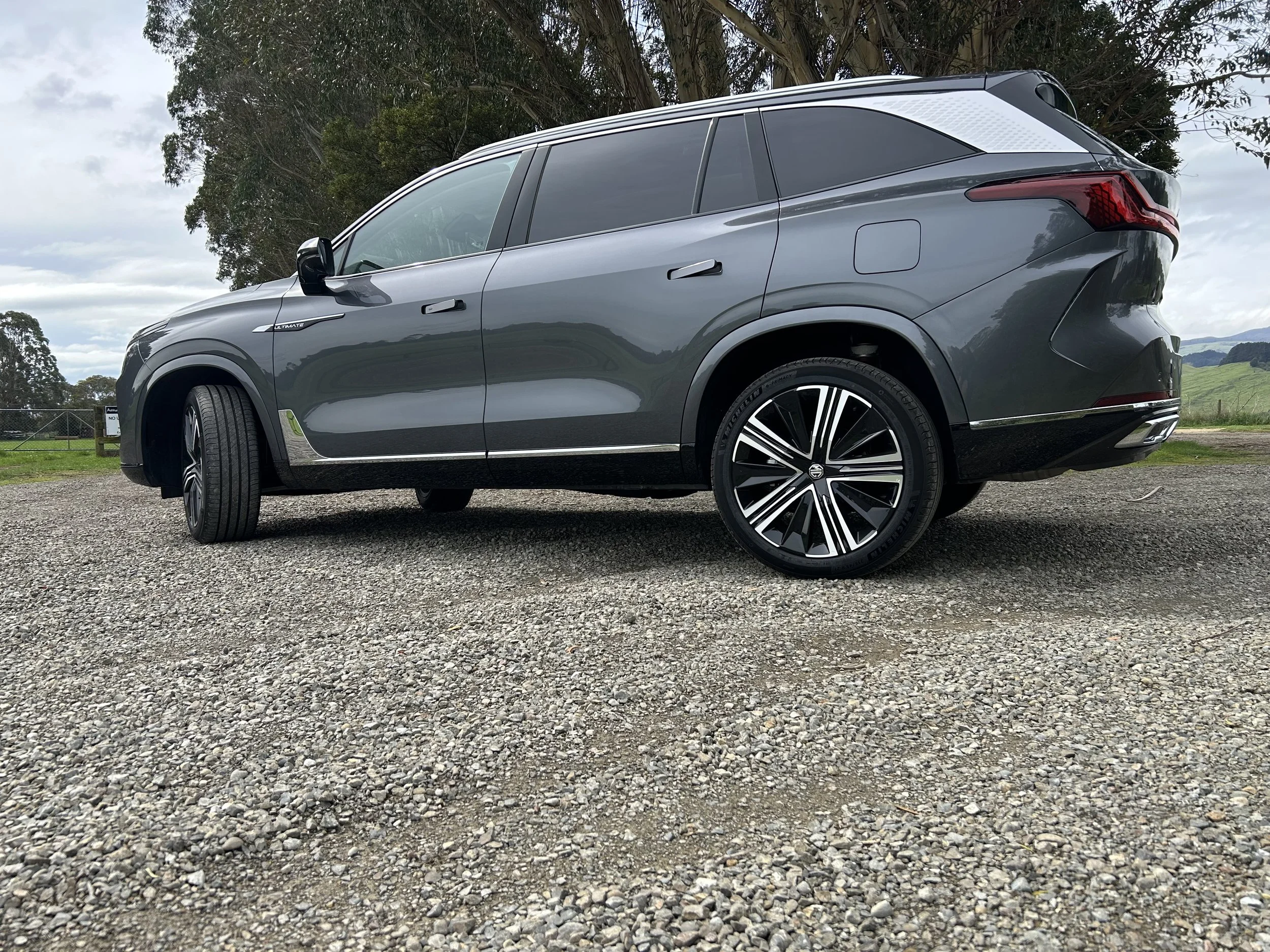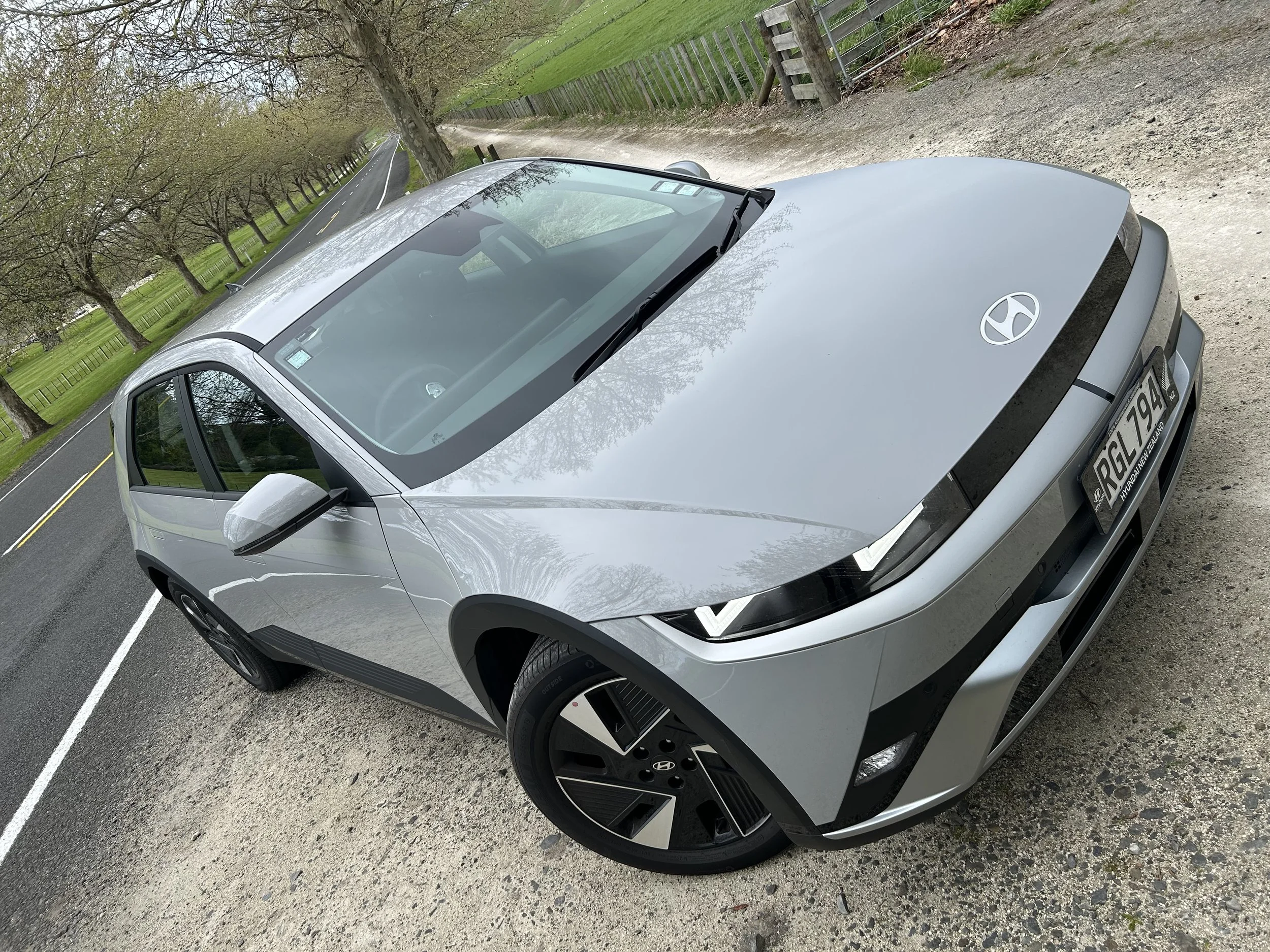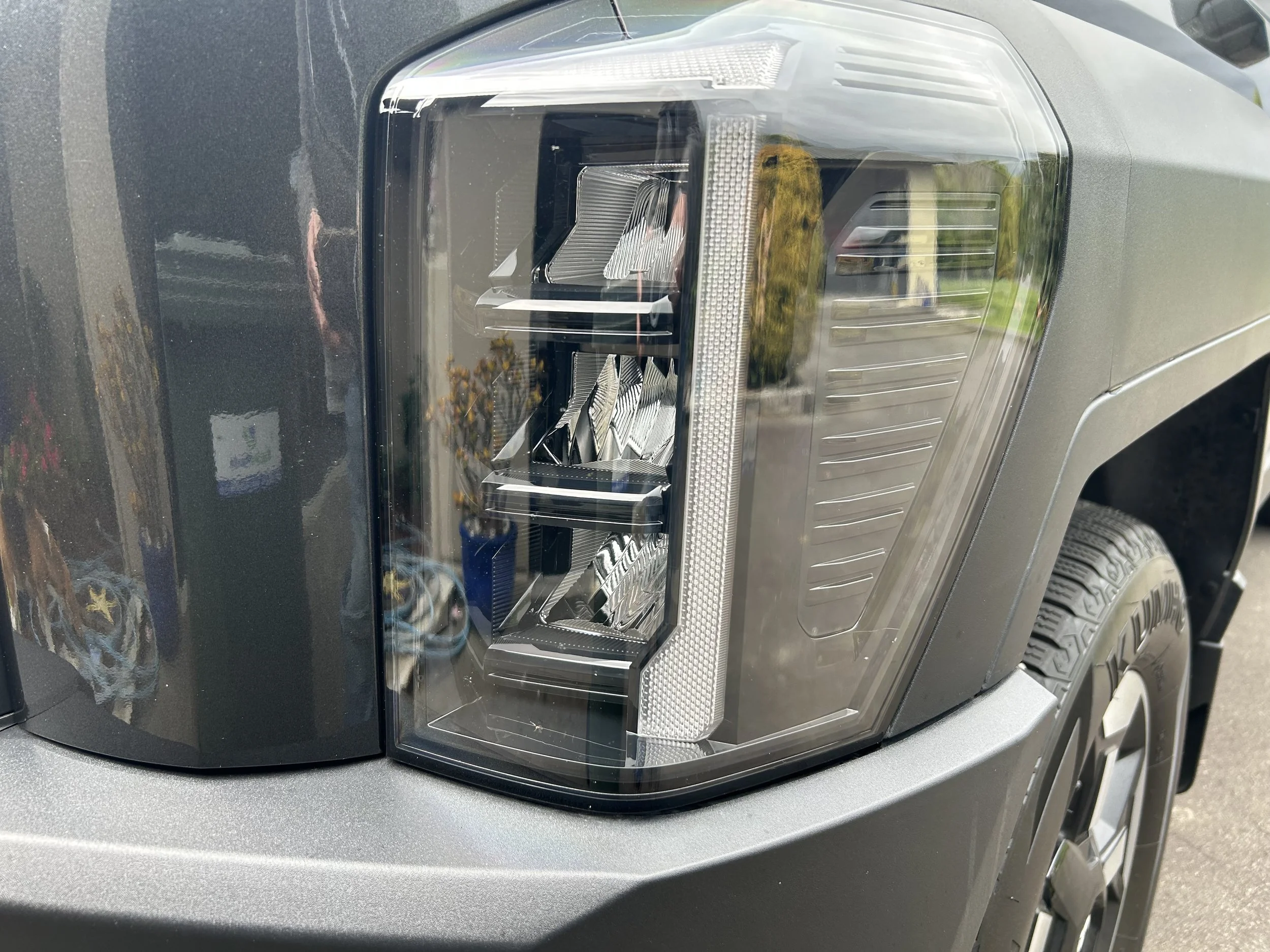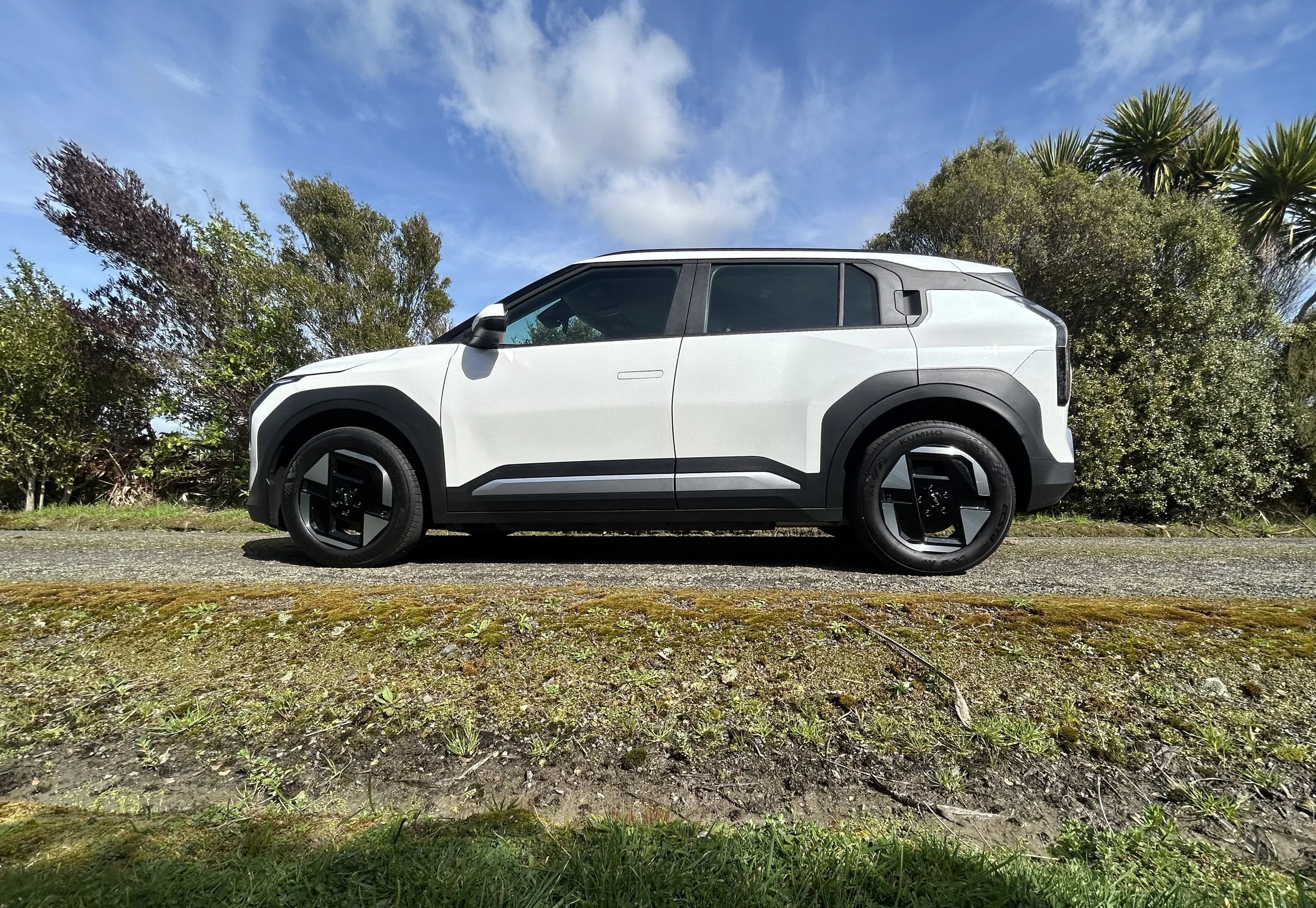New Leaf styling change explained
/It’s not just that we no longer like hatchbacks - going crossover also allows for better range.
COMPELLING price, potential for truly budget operability and conviction it could meet daily needs have likely fuelled why Nissan Leaf has been so popular - but not the hatchback shape.
So suggests the maker, in relating today reasons why the new model which is ramping up to a full international release has gone to a crossover design in its third generation.
As much as the hatch look worked in the past, Nissan has no conviction it could continue to do so - whereas crossovers and sports utilities are dominating now.
It also says the new shape is far more aerodynamic so will lend far better range; so much so future owners can finally shrug off the big current bugbear of having to frequently seek out replenishment stops when undertaking a long journey. No, no more Auckland to Wellington with at least six ‘refills’.
Nobutaka Tase (above), the programme design director for new Leaf, also says the new look delivers an equally distinct personality as the old car enjoyed, but with more of a high-tech feel.
“This is the most aero-efficient car we've ever made, with a drag co-efficient of 0.25Cd (Europe spec; for Japan and North America -due to need for larger wing mirrors - it’s 0.26Cd). Even the panoramic glass roof contributes to the exceptional aerodynamics.”
How so? “It allowed us to reduce the vehicle height at critical air detachment points by 12mm - while maintaining ample headroom inside, courtesy of the e-dimming functionality.”
The roof uses photochromic tech so that you can 'close' or 'open' it - and choose individual sections to dim or brighten - at the touch of a button, eliminating the need for a bulky sun blind.
Nissan has also given the roof an infra-red reflecting coating, so that it transmits less solar heat to the cabin.
The Leaf's new crossover shape also uses helpful aero tricks such as flush door handles, an active grille shutter, optimised wheel design, flat underfloor and a fastback silhouette with the rear liftback creating an aerofoil effect.
That will contribute to better range. Nissan has yet to relay figures, but it is suggesting massive improvement over the outgoing Leaf tops out at a maximum of 385km on the WLTP test.
Richard Candler (below), vice president global product strategy, the impetus in development was to allow users “to confidently take a holiday journey of 300km to 500km between stops, ensuring impressive highway speed and efficiency.”
Candler also says that the Leaf will be exceptionally fast to recharge, noting that: “We know that the average refuelling stop is around 14 minutes, and in that time, we can add over 250km of charge with seamless plug and charge capability.”
First Leaf came out in 2010 and has since achieved 700,000 global sales; it’s easily the most popular electric in NZ, with almost 26,000 registered, these being both new but mainly used import cars.
According to Candler, “Since 2010, over 28-billion kilometres have been covered by our customers.
“So we have really substantial, real world insight about the customer, understanding their needs and understanding how those needs have evolved since the early days of Leaf until now.
“We have a long-established track record about durability and safety with Leaf, and we knew this was really a foundation to the next generation. We want this to be a really credible alternative to a combustion car.”











